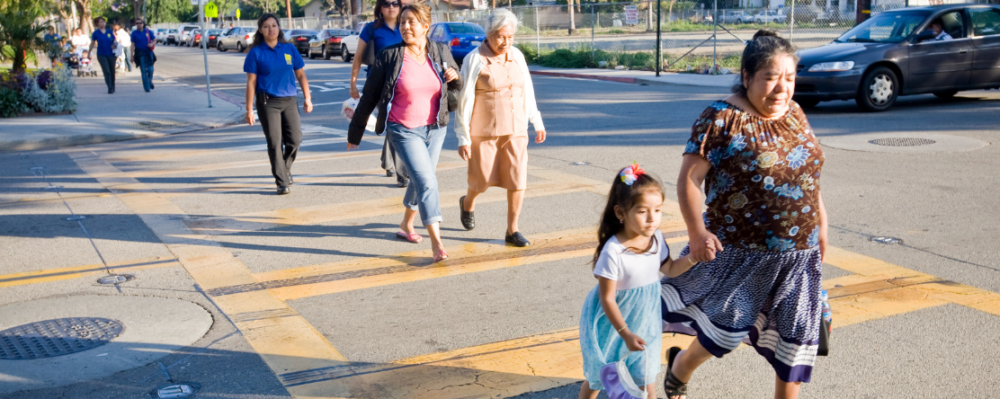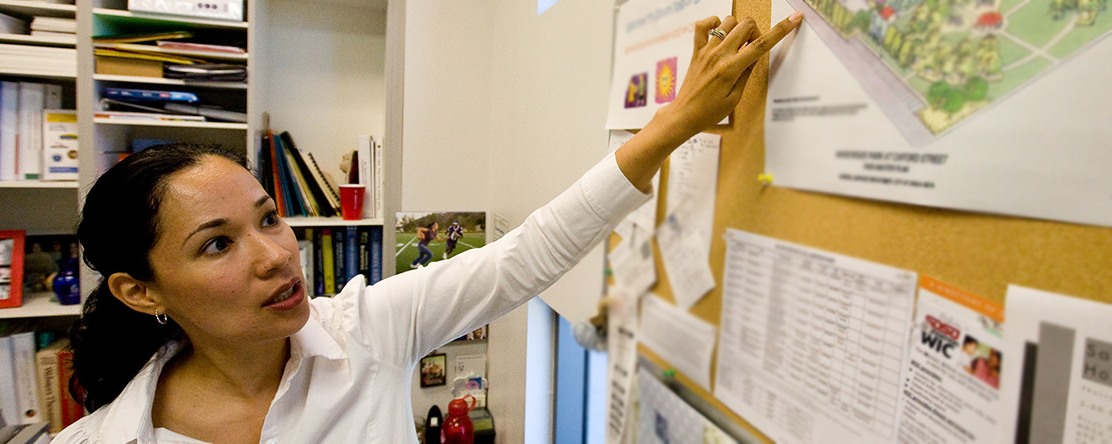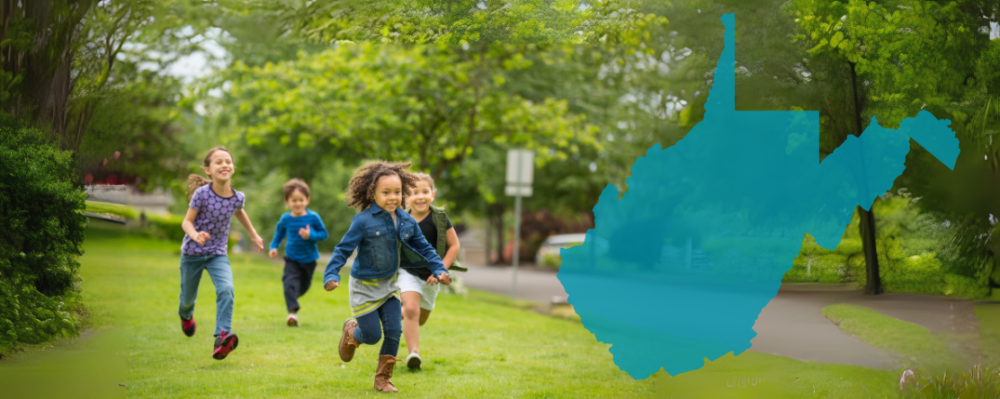
The REPAIR Framework for Community-Institution Solidarity in Racial Healing
- Kevin Leacock, Jen Lewis-Walden, Beckah Terlouw
-
Focus Areas
Capacity Building & Leadership, Healthy Communities -
Programs
Build Healthy Places Network

Throughout generations, repeated racial trauma and harms done to Black, Indigenous, and people of color (BIPOC) communities in the United States have had lasting effects and these communities often have poorer physical, mental, and economic conditions compared to the average White American community. These historically marginalized BIPOC communities continue to feel the crushing effects of structural racism first and often the hardest.
This framework from PHI’s Build Healthy Places Network and their BIPOC-led Community Development Corporation partners lifts up racial healing as an actionable approach to shift power and center a community vision for health and equity.
explore the guideThe REPAIR framework uses five parts to frame how institutions can implement long-term, sustainable community-institution solidarity for racial healing:
- Restoration: Cross-sector solidarity for racial healing is guided by the wisdom of BIPOC leaders to restore dignity, tradition, and relationships.
- Prioritization: Cross-sector solidarity for racial healing requires clear action, active learning, awareness building, acknowledging harms without delay.
- Accountability: Cross-sector solidarity for racial healing rests on building trusted relationships over time, resolving conflict, and acting with care.
- Imagination: Cross-sector solidarity for racial healing centers a sense of hope of what is possible, going beyond the status quo.
- Resources: Cross-sector solidarity for racial healing demands tangible resources, investments, and power sharing with communities.
This framework can be used by leaders in the healthcare, community development, and philanthropic sectors to work with community development corporations to determine the most effective ways to rectify past harms done to historically marginalized and under-resourced communities in ways that are both tangible and sustainable. In addition, this framework provides examples and guidance for institutions to more effectively partner with BIPOC communities to build trust, and ultimately solidarity to develop a shared vision of racial healing.
“Combating racism and addressing its wide-reaching effects on everyone will take solidarity among individuals and institutions. Solidarity allows the pool to remain open. Then, we can acknowledge past and current harms, repair relationships, and heal together.”
Originally published by Build Healthy Places Network
Work With Us
You change the world. We do the rest. Explore fiscal sponsorship at PHI.
Support Us
Together, we can accelerate our response to public health’s most critical issues.
Find Employment
Begin your career at the Public Health Institute.


